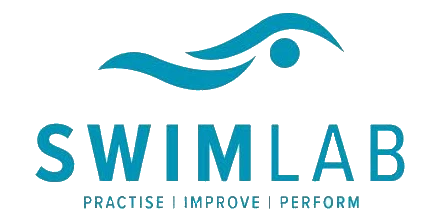Freestyle Whole Stroke Timing and Coordination for Improved Efficiency
Whole stroke timing and coordination in freestyle is where the swimmer should achieve a sense of power and propulsion with ease. It feels awesome, and will increase the enjoyment of your swims 10 fold and more!
Swimmers who call us for help with their strokes are getting the idea that efficiency counts! It’s a bit of swimming buzz word as more and more adults take up swimming as a life long pursuit.
We can coach and help you through a learning progression that will move you towards correct timing and coordination – the route to better swimming.
The results……
- Stroke length will begin to reduce to optimal, as efficiency increases.
- Effort level will reduce as the swimmer uses inertia, weight shift (gravity) to propel, and moves away from using force and effort to overcome drag. These are challenging concepts to grasp if there’s been decades of swimming with force, effort and trying to get swimming ‘fit’!
- The mechanic is scalable, and can be swum at slow tempo’s and quicker tempo’s with obvious changes at higher tempo’s eg. shorter strokes, quicker roll into ‘catch’ position, lighter catch. Hence the swimmer can achieve a sense of swimming fast, rather than hard – a more sustainable, non deteriorating pace.
As humans, 97% of our efforts (horsepower) are lost to drag when we try to move in water. That is a dismal statistic – we are 3 % efficient. Is it any wonder the term ‘swimming fitness’ a bit of a misnomer!! We need encourage the idea of decreasing energy waste instead of increasing energy supply.
Here are a few points to observe in the whole stroke timing and coordination clip, watch how the swimmer…..
- maintains a long, relaxed lead arm, (under the water); this lead arm, acts as a kind of axel, giving a solid stable platform, on which to establish clean precise moves – there is still ness in the the body
- starts the stroke from the lead arm catch….. and ends the stroke with the entry to extension – back at the same point, one fluid movement
- rotates the torso, helped by the lead arm, that allows the ball and socket joint of the shoulder the freedom to work in the same plane (not internal or external rotation stressing the shoulder)
- does not ‘pull’ passed or beyond the hip, the catch finishes early almost under the body
- searches for that sweet spot or switch point, where the entering arm and torso shift ‘downwards’, sets the tempo and timing of each stroke
If you enjoyed this video and want to learn more about swimming improvement join the


